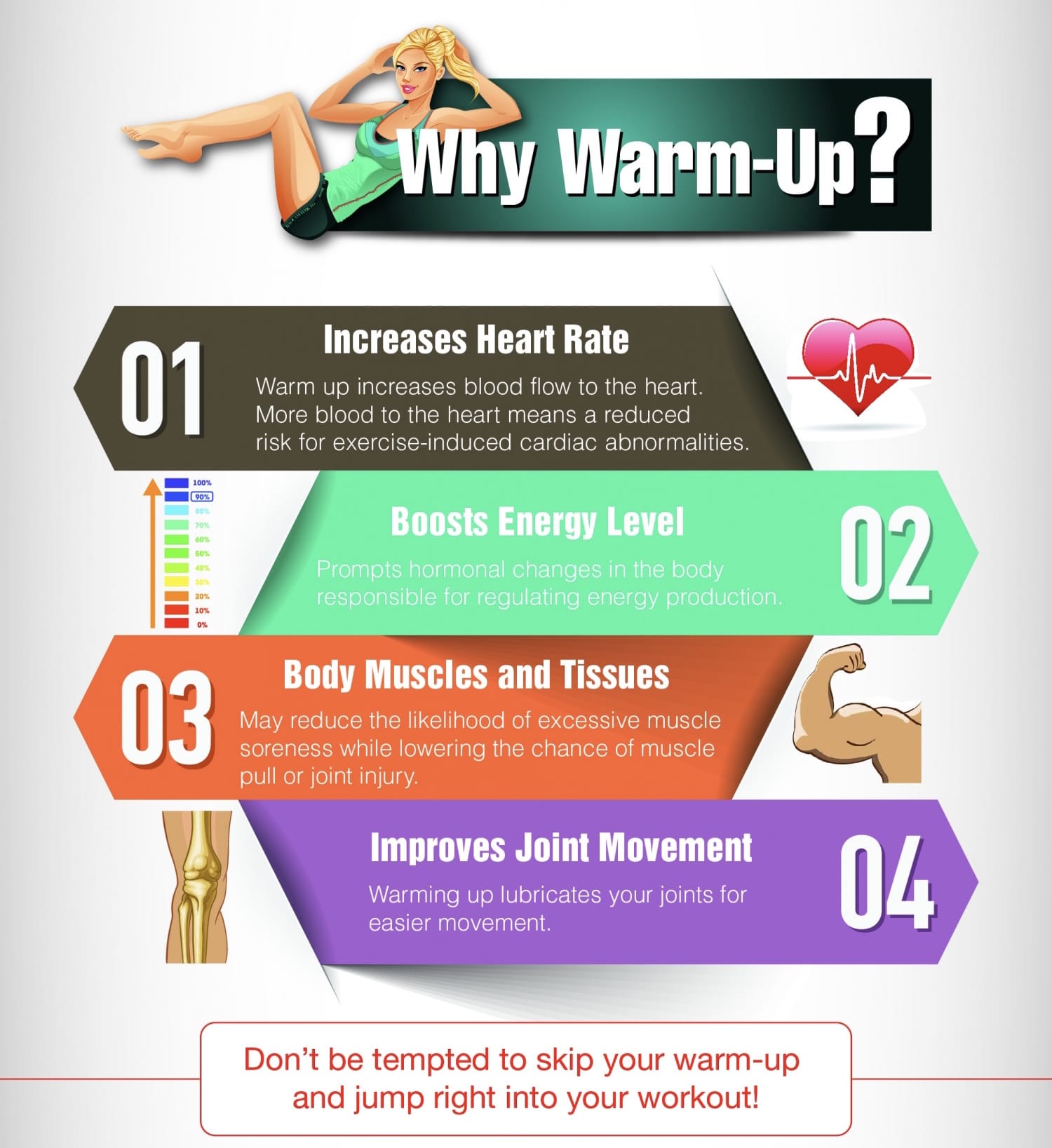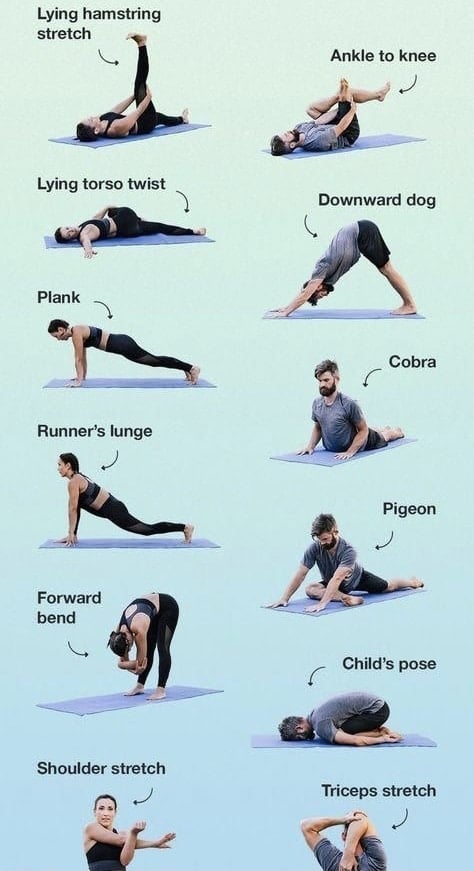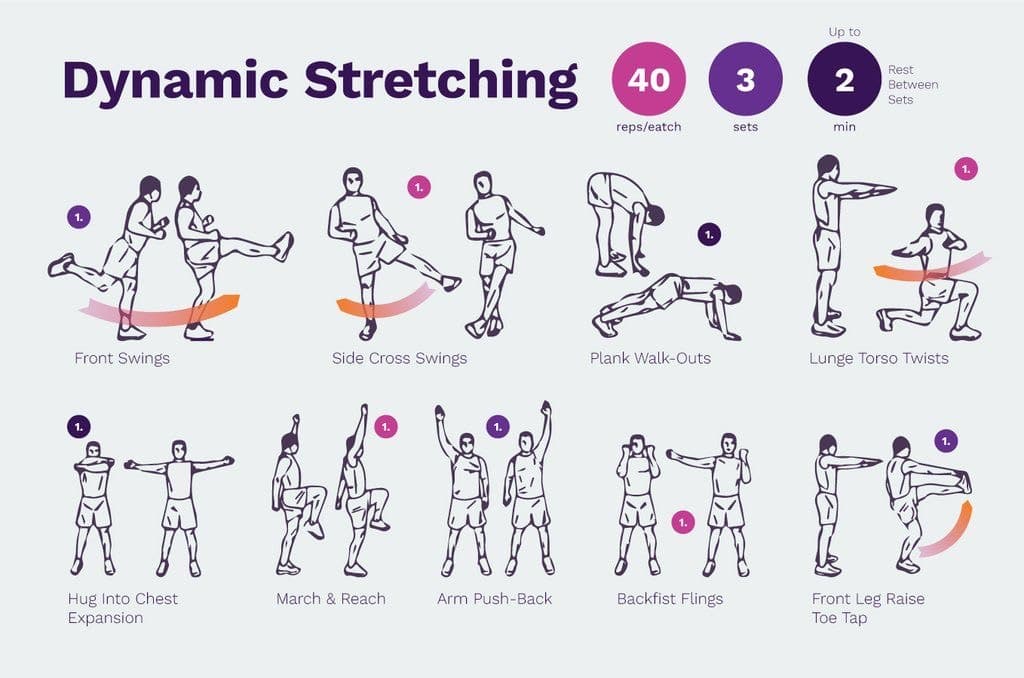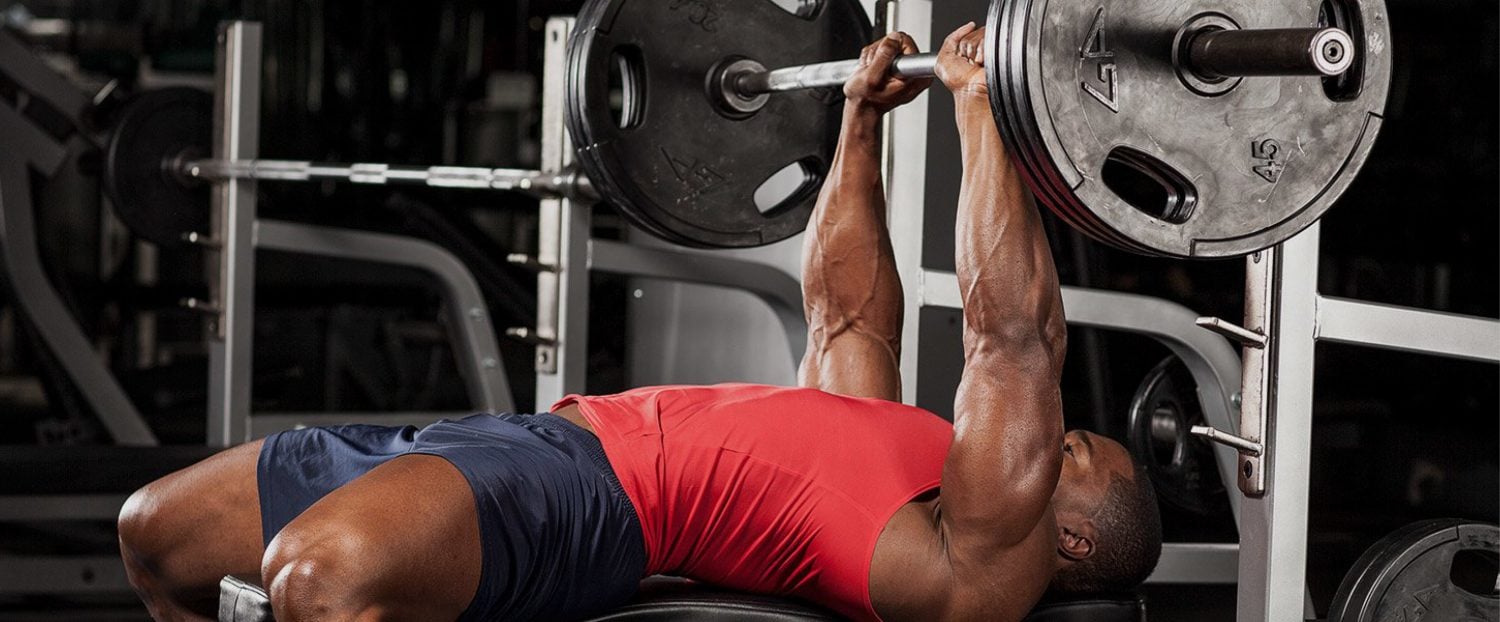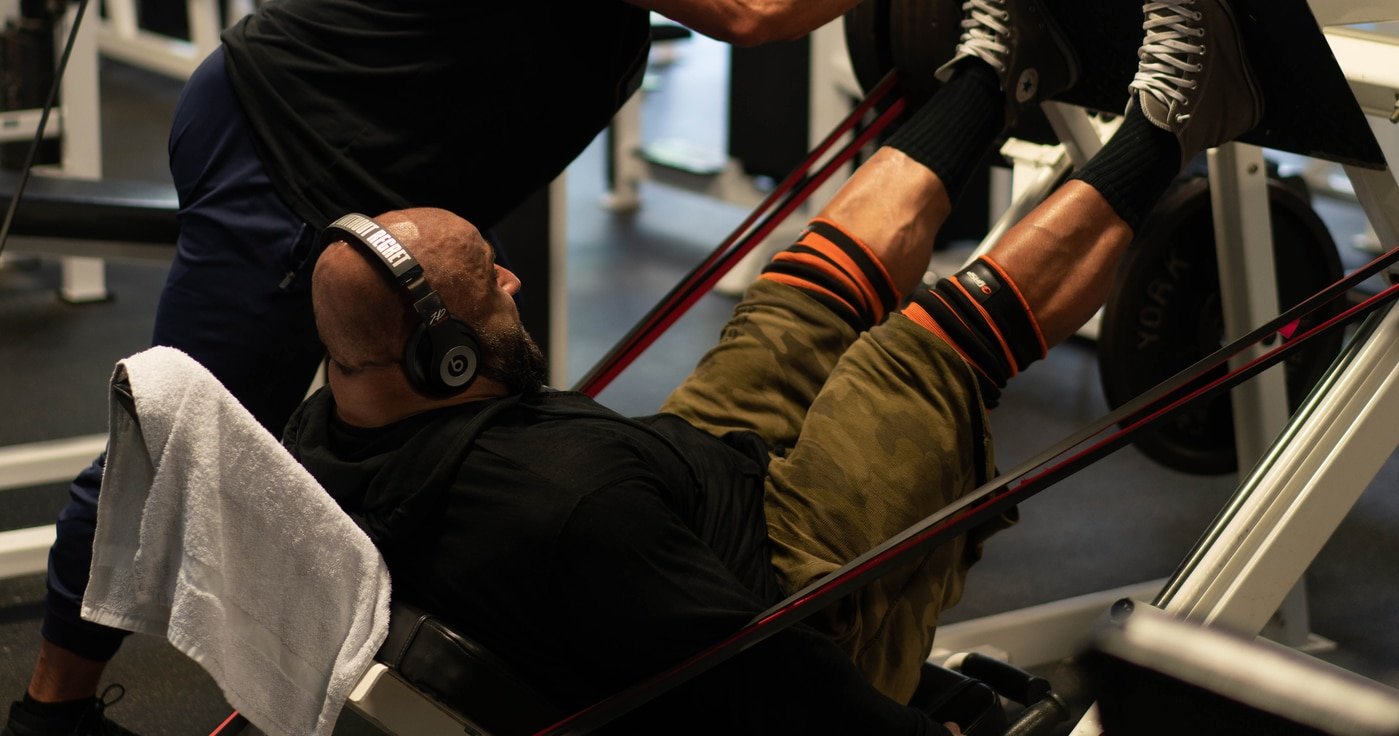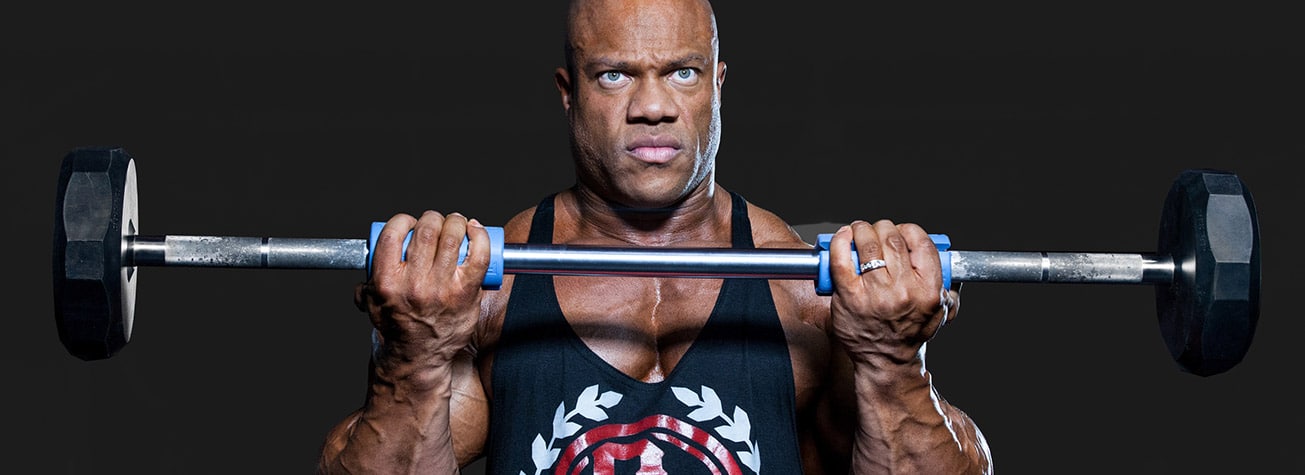If you do not warm-up before a workout, you are leaving gains on the table.
Most people head straight to the resistance training section as soon as they enter the gym. They think performing a lightweight set of their first exercise is all the warm-up they need. If you are one of these people, this article will show you how this mindset is setting you up for failure.
There can be various reasons why an individual skips a warm-up. Some of the most common causes include:
- tight schedule / running late
- enough training experience that warm-up is not required
- do not lift heavyweight
If you are one of the lifters who never has enough time to warm up, then you probably do not have enough time to work out as well. Go home and take a break. Return when you are serious about making progress.
And then there are individuals who live the #CardioLife. These people consider treadmills and elliptical machines to be warm-up exercises themselves.
Why Warm-Up Before A Workout?
Your muscles are like rubber bands.
If you spend most of your day sitting, staring at your phone (like you are doing right now), those rubber bands have mostly gone unused. Then, if you head to a gym and immediately start lifting heavy or sprinting like it is the end of the day, unstretched rubber bands get pulled apart very quickly and might get snapped or pulled out of shape.
If you engage in high-intensity training (resistance or cardiovascular), you should follow a proper warm-up routine.
Skipping a warm-up routine can put you at a greater risk of injury, or you might end up putting unwarranted strain on your muscles. Taking a few minutes to ease your muscles into exercise mode will help you reap many fitness rewards in the long run.
Benefits of Warming-Up Before Your Workout
1. Improves Flexibility
https://giphy.com/gifs/sunnyfxx-stretching-flexible-flexibility-iiKUm9JyB48872dxp6
Stretching out your muscles before a workout can improve your flexibility. Better flexibility can help improve your body posture and balance that can, in turn, help you exercise correctly.
Related Read: Flexibility Vs. Mobility: The Difference You Need To Know
2. Less Muscle Tension and Pain
Relaxed and warmed-up muscles move with less pain or stiffness.
Check Out: Best Foam Rollers For Muscle Recovery
3. Enhanced Performance
Numerous studies have proved that warmed-up muscles can help you work out more effectively. When you warm up before a workout, you are priming your muscles for the mayhem that is to follow.
4. Improved Range of Motion
Warming up before a workout can loosen up your muscles. A better range of motion in your joints can help achieve greater muscle fiber recruitment.
Related: Full Range Of Motion Vs Partials: Which Is The Way To Go?
5. Increased Blood Flow and Oxygen
https://giphy.com/gifs/swerk-h8y265b9iKtzKT0pDj
Nutrients that you eat travel to all parts of your body via the blood. A better blood flow can help your muscles get the pre-workout nourishment they need before you begin intense training.
6. Lower Risk of Injury
This is one of the biggest reasons why you should never skip a warm-up session before a workout. According to a study, warming up can help relax your muscles which, in turn, can lead to a lower risk of an injury.
If you want to reach the pro level, you should spend at least 15-minutes warming up before a workout. And no, warm-ups do not have to be boring. If your warm-ups are limited to shoulder rotator cuff movements, you have been doing it all wrong. More on this later in the article.
Dwayne “The Rock” Johnson’s warm-up sessions range between 30-45 minutes. That’s more than the total time most people spend on their workouts.
Types of Warm-Ups
We know what you are thinking.
“Do warm-ups have to be so complicated?”
Yes and no.
In fitness, rules aren’t set in stone. What works for one might not work for the other. You will have to try a combination of different warm-ups (given below) before you can settle on what does the trick for you.
1. Static Stretching
Static stretching is the most common type of stretching. It consists of stretches held for a long period in the same position to help lengthen and loosen your muscles and connective tissue.
Few examples of static stretches:
- toe touch
- calf stretch
- adductor stretch
Although static stretches might sound easy and convenient, they are not the best choice for you. Studies have shown that there aren’t many benefits of static stretching before workouts.
Research indicates that static stretching can decrease your potential for strength gains and performance. On top of this, static stretches do not reduce the chances of an injury.
These types of stretches can help increase your range of motion and flexibility. Static stretches are best done at the end of a workout.
2. Dynamic Stretching
A dynamic warm-up gets your body ready to work at a higher intensity. It focuses on performing movements similar to the exercises you will do in your workout.
Examples of dynamic stretches include:
- hip circles
- leg pendulum
- arm circles
- arm swings
- spinal rotations
Dynamic warm-ups can help build strength, mobility, and coordination, which can all help improve your workout intensity. If this was not enough, research has shown that dynamic stretching can help reduce soreness after a workout.
An Advanced Dynamic Stretching Pro Warm-Up Circuit For Ultimate Gains
- Jump rope – 2-3 minutes
- Jumping jack – 50 reps
- Bodyweight squat – 20 reps
- Lunge – 5 reps (each leg)
- Hip extension – 10 reps
- Hip rotation – 10 reps (each leg)
- Forward leg swings – 10 reps (each leg)
- Side leg swing – 10 reps (each leg)
- Push-ups – 20 reps
- Spider-man steps – 5 reps (each leg)
The majority of lifters like to chat around while they are doing their warm-up. This needs to be stopped. You have to put in the maximum effort while performing these moves to ensure your muscles are ready for the main workout.
Perform one circuit of the dynamic stretching routine. Do anything more than this, and you might end up exhausted and running on fumes.
By the time you are done with the circuit, you will have broken some typical warm-up stereotypes. For a beginner, the advanced dynamic warm-up routine might be harder than the actual workout.
If you still have some gas left in the tank or want to try a different exercise, here are some of our favorite dynamic stretching exercises:
- Walking jacks
- Arm circles and shoulder shrugs
- Marching in place
- Mountain climbers
- Swinging toe touches
- Hip circles
We Are Halfway Through
Yes, we have only gone over half of your new warm-up routine. If you think it is too much, remind yourself about The Rock’s warm-up routine. Imagine the disappointed look on Black Adam’s face when he watches you quit during a warm-up routine.
Oh, so you are reading on. We are impressed.
Until now, we have discussed how to warm up for your workout. Now we will explore three different ways to use your warm-up routine to boost your strength so you can crush your PRs.
Three Pro Warm-Up Techniques For Superior Results
Depending on your lifting experience, the following three warm-up techniques can help improve your strength, performance, and effectiveness in the gym.
1. Overshoot Your Working Set
One of the best ways to build strength is to ramp up your low-rep sets beyond your working weight. The benefit of this technique is that when you come back down to your working weight, it will feel like you are lifting peanuts – Ronnie Coleman style.
Example: Assume that it is chest day, and your workout includes performing three sets of five reps on the bench press.
How to overshoot your working set:
- Perform a few low-weight ramp-up sets.
- Then perform one rep at 90-95 percent of your 1RM (one rep max). You do not want to attempt a PR on this set. Remember: this is just a warm-up.
- Start your working set and drop down to your actual working weight. The weight will feel like you had been lifting feathers this whole time. It is the same feeling when you drop down the weight while performing a drop set.
This warm-up method is a way to trick your nervous system into thinking your working weight is super heavy – when it is not.
2. Incorporate Accommodating Resistance In Your Warm-Ups
Resistance bands and chains are some of the most common types of accomodating resistance tools. Their versatility allows them to be used in a variety of barbell and machines exercises.
Must Read: 4 Must-Know Facts On Lifting With Chains
Bands and chains are great tools to trick the nervous system during warm-ups. The best part about these tools is that they are easily accessible. They are common resistance accessories for serious lifters and can be found in most gyms.
Example: Using resistance bands on leg days can add a new dimension to your workouts. For improving your squat, add a resistance band to each end of the barbell, locked at the bottom of the squat rack with band pegs or looped into a knot.
How to squat using resistance bands:
- Attach one end of the resistance band to the bottom of a squat rack, either through built-in pegs, looping the band into a knot, or tying it around a heavy kettlebell or dumbbell.
- Add appropriate weight to the barbell you will be using. Use lighter weight as compared to what you would use on an orthodox barbell back squat as you will be facing additional resistance on the eccentric part of the lift.
- Attach the top of each band to each end of the barbell.
- Perform your warm-up sets. As you lower into the squat, the bands will recoil and remove additional resistance.
- As you return to the starting position, the bands will engage and resist you by adding tension to your lower body.
- Remove the bands after a few sets and squat with your regular working weight. You will now be able to lift heavier with better control. The instant strength gains will feel surreal.
Tip: Make sure you only use high-quality bands for resistance training. A cheap quality band can snap during the exercise leading to an injury.
Check Out: Best Resistance Bands For Home Workouts & Gains (Updated 2024)
3. Use A Thick Grip
Hand and forearm strength are often overlooked aspects of pressing movements like bench press and shoulder press. Using grip accessories like Fat Gripz can make it harder for you to hold onto a bar. Holding onto a bar with Fat Gripz results in more forearm and hand muscle fiber recruitment.
You will probably not be able to lift your usual weight for usual reps while using a grip accessory. Incorporating grip accessories in your warm-up routine can help you lift more in your working sets. You will see substantial gains in your pressing power once the grips are removed.
Related Read: Get Popeye Forearms With These Simple Forearm Exercises
How to use wrist wraps and grips in your warm-ups:
- Attach a wrist wrap onto the barbell for your warm-up sets.
- Choose a weight you are comfortable with and perform your bench warm-ups as usual.
- On the eccentric movement of the lift, squeeze the Fat Gripz as hard as you can. The muscles in your forearms and hands will be forced to activate at a greater intensity.
- Remove the Fat Gripz.
- Your hands and forearms are now ready for peak performance, and you will have a much easier time performing the lift.
You could use any of these three advanced warm-up techniques in your workout or a combination of the three lifts in a single session. You are only limited by your imagination here.
Example: Overshoot your bench press working set using accomodating resistance and a thick grip.
Conclusion
You can perform both these warm-up routines in a single workout. After you finish the dynamic stretching warm-up circuit, you could then start with the three advanced warm-up techniques.
But before you do any of this, you need to change how you view warm-ups. Warm-ups should not feel like wasted time. By following the techniques laid out in this article, you will not just warm up but fire up for greater gains.
How long is your warm-up routine?
Let us know in the comments below. Also, be sure to follow Generation Iron on Facebook, Twitter, and Instagram.

